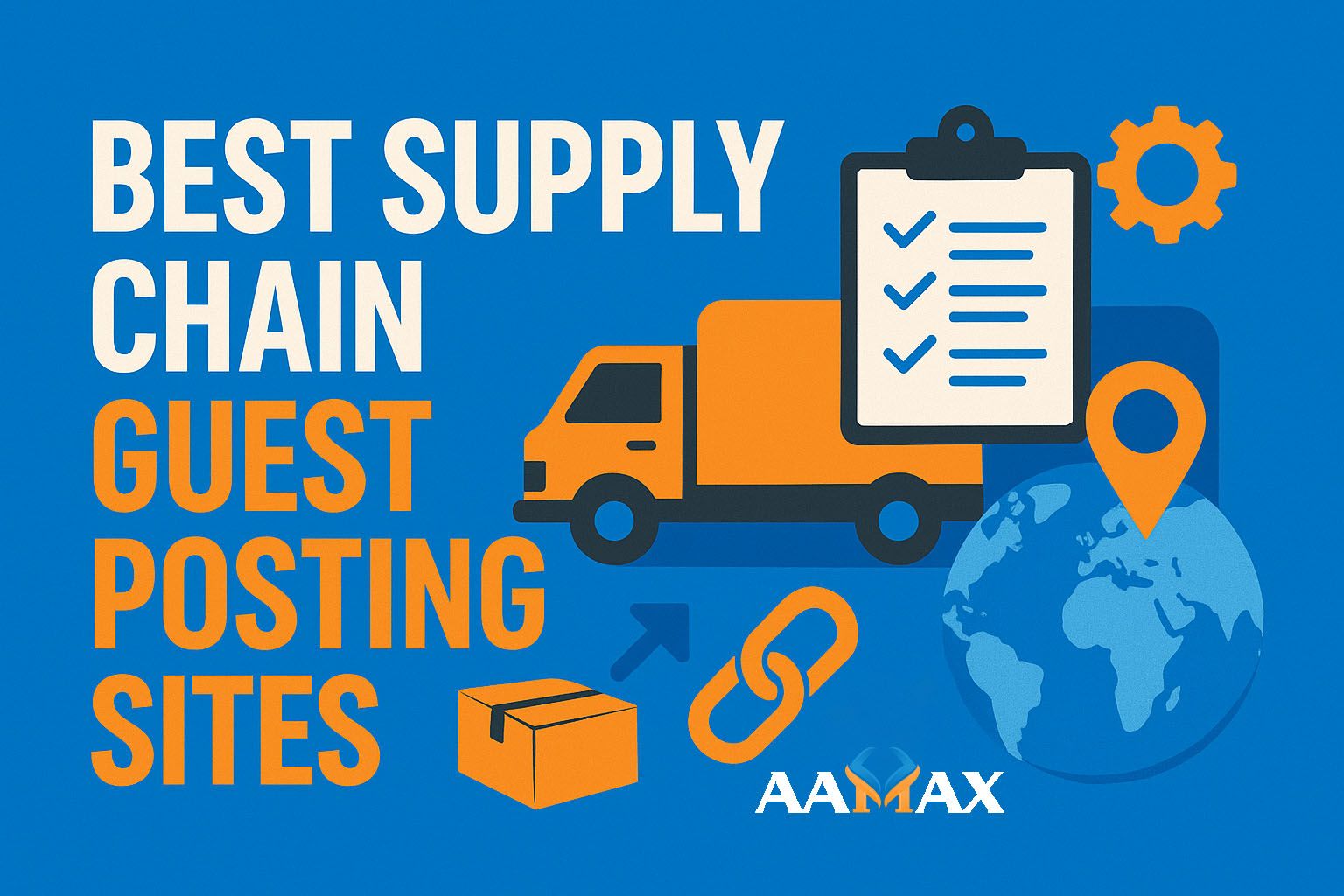
How to Find Long Tail Keywords for Ecommerce
In the competitive world of ecommerce, visibility is everything. With millions of online stores vying for attention, ranking on the first page of search engines can significantly impact your traffic and sales. One of the most effective strategies to boost your organic search visibility is through the use of long tail keywords.
Unlike short, broad keywords, long tail keywords are more specific and often less competitive. They reflect the natural language users type into search engines when they're closer to making a purchase. This makes them highly valuable for ecommerce businesses looking to capture high-intent traffic.
In this comprehensive guide, we’ll walk you through how to find long tail keywords for ecommerce, why they matter, and how to use them effectively to grow your online store.
What Are Long Tail Keywords?
Long tail keywords are keyword phrases that are longer (usually 3–5 words or more) and more specific than short, generic keywords.
For example:
- Short keyword: “shoes”
- Long tail keyword: “women’s waterproof hiking shoes size 8”
While the short keyword “shoes” may have more search volume, it's also highly competitive and vague. On the other hand, the long tail keyword is far more targeted. It reflects buyer intent and has a higher chance of converting into a sale.
Why Long Tail Keywords Matter in Ecommerce
Long tail keywords are crucial for ecommerce success for several reasons:
1. Higher Conversion Rates
Users searching with long tail phrases often know exactly what they want. By targeting these specific queries, you attract customers who are ready to buy.
2. Lower Competition
Generic keywords are dominated by big brands and marketplaces. Long tail keywords typically have lower competition, making it easier for smaller ecommerce sites to rank.
3. Better Targeting
Long tail terms reflect the language and search behavior of your ideal customer. This allows you to create highly relevant product listings and content.
4. Voice Search Optimization
With the rise of voice search, users are speaking in complete phrases or questions. Long tail keywords match these natural search patterns perfectly.
Now that we understand why long tail keywords are so powerful, let’s dive into how to find them.
Step 1: Understand Your Customer’s Intent
Before using any tools, begin by stepping into your customer’s shoes. Ask yourself:
- What problems are they trying to solve?
- What features are important to them?
- What questions might they have before making a purchase?
For example, if you sell skincare products, customers might search for:
- “best anti-aging serum for sensitive skin”
- “fragrance-free moisturizer for oily skin”
- “vegan skincare routine for acne”
These types of queries are long tail keywords born from specific customer needs.
Step 2: Use Google’s Autocomplete Feature
Google’s search bar is a goldmine for long tail keyword ideas. Start typing a product-related phrase, and Google will automatically suggest completions based on popular searches.
Example:
Type “bluetooth headphones for” and you might see:
- bluetooth headphones for running
- bluetooth headphones for TV
- bluetooth headphones for small ears
These suggestions are real, user-generated search queries. Note them down and consider creating product pages or blog content around them.
Step 3: Explore the “People Also Ask” and Related Searches
When you enter a query into Google, scroll down to the “People Also Ask” and “Related Searches” sections. These provide insight into questions and phrases your target audience is using.
For instance, searching “organic baby clothes” might yield related questions like:
- Are organic baby clothes worth it?
- Where to buy organic cotton baby clothing?
- Best organic baby brands in the US
These are all potential long tail keywords or content themes you can target.
Step 4: Use Keyword Research Tools
Keyword Research tools can help you generate and validate long tail keywords:
1. Google Keyword Planner
Although built for advertisers, it’s still a great tool for discovering keyword ideas. Enter your product or category, and filter results by low to medium competition.
2. Ubersuggest
Created by Neil Patel, Ubersuggest offers keyword suggestions, search volume, CPC, and SEO difficulty metrics. It also helps find content ideas and popular blog titles related to your niche.
3. Ahrefs
A powerful SEO tool that provides in-depth keyword data, including long tail keyword suggestions, keyword difficulty, search trends, and backlink profiles.
4. SEMrush
Another robust tool for ecommerce marketers. SEMrush offers keyword variations, question-based search phrases, and competitive analysis.
5. AnswerThePublic
This tool visualizes search questions and autocomplete phrases people are typing around a specific topic, especially useful for blog content or FAQ sections.
Use these tools to create a list of 50–100 long tail keywords relevant to your products, categories, and blog content.
Step 5: Analyze Your Competitors
Your competitors can be a great source of long tail keyword inspiration. Look at:
- Their product titles and descriptions
- Blog posts and category pages
- Meta titles and headings
Use tools like Ahrefs or SEMrush to plug in their URLs and extract the keywords they rank for. Pay attention to long tail terms with moderate traffic and low competition.
You can also use Amazon, Etsy, and eBay listings to find common phrases used in product titles and customer reviews.
Step 6: Check Out Product Reviews and Q&A
Product reviews often contain the exact language customers use. Review the comments and questions on:
- Your own product pages
- Competitor product listings
- Major marketplaces like Amazon or Walmart
For example, customers might write:
- “I was looking for a backpack that fits under airplane seats.”
- “This curling iron is perfect for short fine hair.”
These are authentic long tail keyword ideas straight from your audience.
Step 7: Use Forums and Social Media
Platforms like Reddit, Quora, and niche Facebook groups are treasure troves of long tail keyword inspiration.
Search for your product category or customer problem and observe the phrases users are using. Pay attention to:
- Frequently asked questions
- Common frustrations
- Feature-based searches
These insights not only help you find keywords but also give ideas for blog content, product descriptions, and FAQs.
Step 8: Optimize Product Pages with Long Tail Keywords
Once you’ve gathered your long tail keywords, strategically incorporate them into your product pages. Focus on:
- Product titles
- Meta descriptions
- H1 and H2 headings
- Image alt tags
- Product descriptions
- URL slugs
Avoid keyword stuffing. Instead, write natural, helpful copy that reflects the search intent behind the keyword.
For example, instead of writing:
"This is the best wireless earbuds product buy now cheap good price"
Write:
"Experience crisp sound quality with our wireless earbuds—perfect for gym workouts, travel, and everyday listening. Designed for comfort and long battery life."
Step 9: Create Blog Content Around Long Tail Keywords
Ecommerce sites that blog regularly generate 55% more traffic. Use long tail keywords to guide your blog strategy.
Types of blog posts that work well:
- “Best [product] for [use case]”
- “How to choose the right [product] for [specific need]”
- “Top 10 [product] in [year]”
- Product comparisons (e.g., “[Product A] vs [Product B]”)
- “Buyer's guide for [product category]”
Not only will this attract organic traffic, but it also builds trust and educates your customers before purchase.
Step 10: Monitor and Refine Your Strategy
SEO is not a set-it-and-forget-it process. Use tools like Google Search Console and Google Analytics to track:
- Which keywords bring in traffic
- Which product pages or blogs rank best
- How users engage with those pages
Refine your keyword targeting based on performance. Double down on what’s working, and experiment with new long tail variations.
Bonus Tip: Leverage a Professional SEO Partner
While DIY keyword research is possible, partnering with an experienced digital marketing team can save time and yield faster results.
An expert agency will:
- Conduct in-depth keyword research
- Map keywords to pages and buyer stages
- Create optimized content
- Monitor rankings and refine strategies
If you're serious about growing your ecommerce brand, consider hiring a full-service digital marketing agency like AAMAX. AAMAX offers comprehensive web development, digital marketing, and SEO services tailored to ecommerce businesses.
Final Thoughts
Long tail keywords are a secret weapon for ecommerce success. They allow you to attract the right audience, rank faster, and convert better—all while competing against bigger brands.
To summarize, finding long tail keywords involves:
- Understanding your audience
- Using search engine suggestions and tools
- Analyzing competitors and customer feedback
- Creating optimized content and tracking results
Incorporate long tail keywords into your Search Engine Optimization (SEO) and content strategy, and watch your ecommerce store gain the visibility—and revenue—it deserves.







